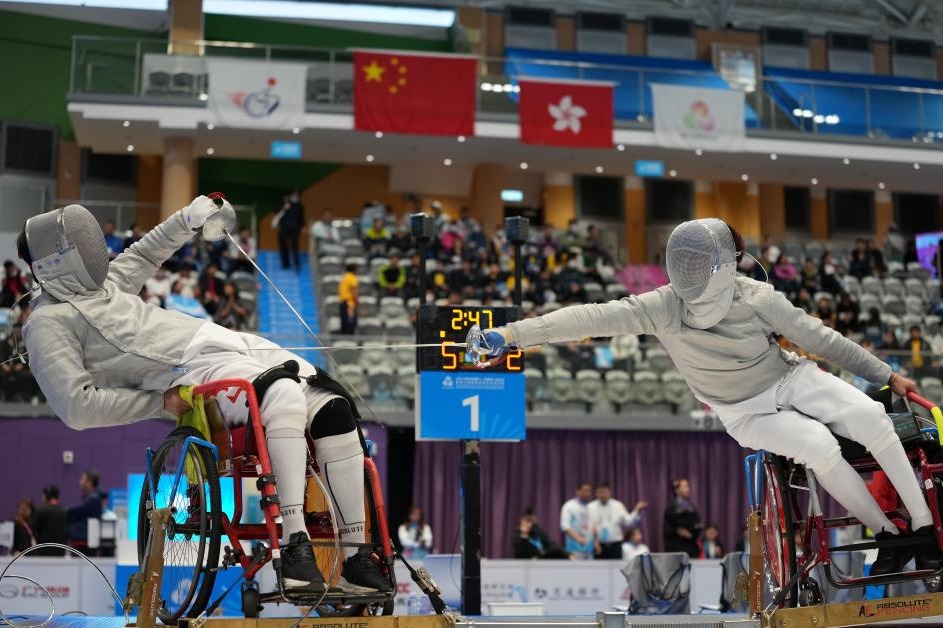S. Korean residents, peace activists demand complete retreat of THAAD
Xinhua | Updated: 2017-06-08 18:16
One THAAD battery is composed of six mobile launchers, 48 interceptors, the AN/TPY-2 radar and the fire and control unit.
The preliminary investigation results by the Blue House found that a senior Defense Ministry official instructed the "intentional" omission of the four launchers installation from the documents submitted to the Blue House.
Moon ordered a further investigation into the unreported delivery, while instructing the large-scale assessment of environment effect on people living near the THAAD installation site.
With Moon's order, the completion of the US missile shield installation was expected to be delayed, but the anti-THAAD activists and villagers were never satisfied with the new government's action.
According to the statement from the protesters, construction in the THAAD site was under way despite the launch of the Moon government. Equipment, oil and troops were being transported to the site through helicopters tens of times per day until now.
They strongly called on the Moon government to stop all THAAD-related activities, including the transportation of equipment, saying the attempt to secure a procedural legitimacy with the already deployed THAAD elements left intact would boil down to the justification of the U.S. anti-missile system installation.
The statement urged the government to thoroughly look into the THAAD deployment process and review various controversial issues from the starting point.
Controversy aroused over THAAD's military capability as the THAAD battery in southeast South Korea is incapable of defending Seoul and the metropolitan areas, home to around half of the country's 50 million population.
THAAD is designed to intercept incoming missiles at an altitude of 40-150 km, but the Democratic People's Republic of Korea's missiles targeting South Korea fly at an altitude of less than 40 km.
The THAAD installation in South Korea was sternly opposed by neighboring countries, including China and Russia, as it damages security interests of them and boosts arms race in the region.
The X-band radar is capable of peering deep into the territories of the those countries.
























